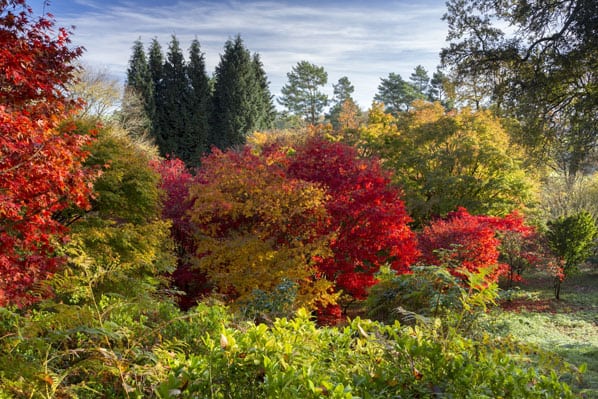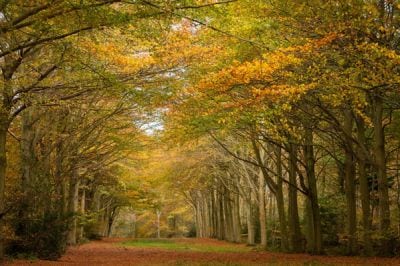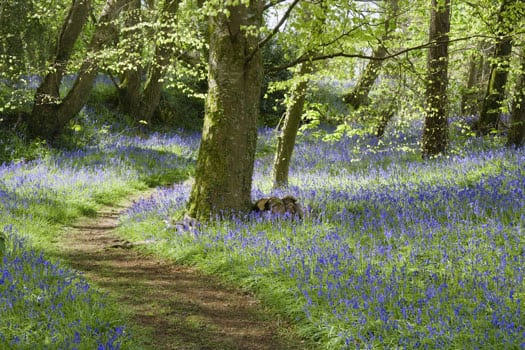
A short burst of sunshine, a gentle rise in temperature… it doesn’t take much for Britain’s wildflowers to bloom.
But no display is more eagerly anticipated than the eruption of bluebells. Covering fields and woodlands across the UK, these delicate carpets of colour captivate photographers and nature enthusiasts year after year.
The season is short – lasting from April until May – so you’ll need to plan visits. These are some of the spectacular spots we recommend you try.
1. Brean Down, Somerset
Although normally associated with woodland enclaves, it’s possible to find bluebells by the sea too. Overlooking the Bristol Channel, the north side of this down is covered in flowers from May.
How: The area is free to explore. Visit nationaltrust.org.uk
2. Foxley Wood, Norfolk
Supposedly visible from space, Norfolk’s largest ancient woodland was once packed with light-blocking conifers, meaning very little grew on the forest floor. Due to the work of the Norfolk Wildlife Trust, many of those trees have been cut back and carpets of bluebells have returned.
How: The forest is free to explore. Visit norfolkwildlifetrust.org.uk
3. Hardcastle Crags, Yorkshire
With a renovated mill as its centrepiece, this wooded valley is characterised by ravines and waterfalls. In spring, bluebells burst from the forest floor, providing an additional attraction. It’s possible to explore independently, but on April 28 free guided walks will run through the Lower Crimsworth Valleys, where the main displays can be found.
How: It’s free to visit, although Gibson Mill has opening times. Visit nationaltrust.org.uk/hardcastle-crags
4. Heartwood Forest, Sandridge
Thanks to the planting of 600,000 saplings, this ancient forest has become a source of pride and joy for the Woodland Trust. Bluebell fields regularly draw visitors, although the Trust warns people to stick to paths; in the past, more than an acre of flowers has been accidentally trampled underfoot.
How: Visit heartwood.woodlandtrust.org.uk
5. Godolphin, Cornwall
In April and May, the 16th century gardens of this historic home put on one of the best bluebell displays – with a footpath allowing easy viewing access. A popular spot, it does attract crowds – but in such a romantic setting it’s easy to forget other people are around. From April 16 – May 20, a Bluebell Festival will be held, giving visitors an opportunity to learn more about the flowers.
How: Adults, £9.50; children, £4.80. Visit nationaltrust.org.uk/godolphin

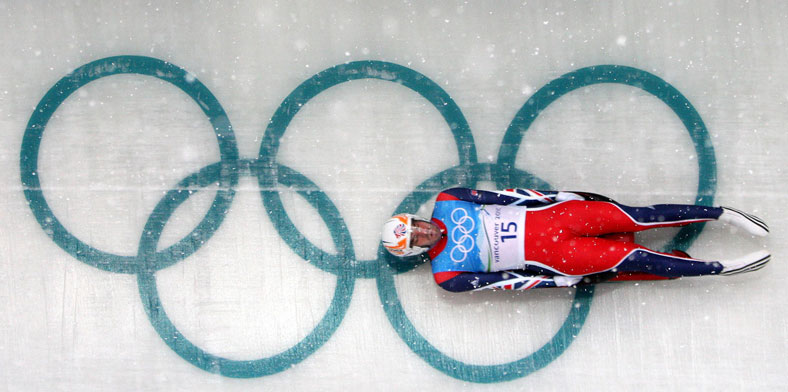
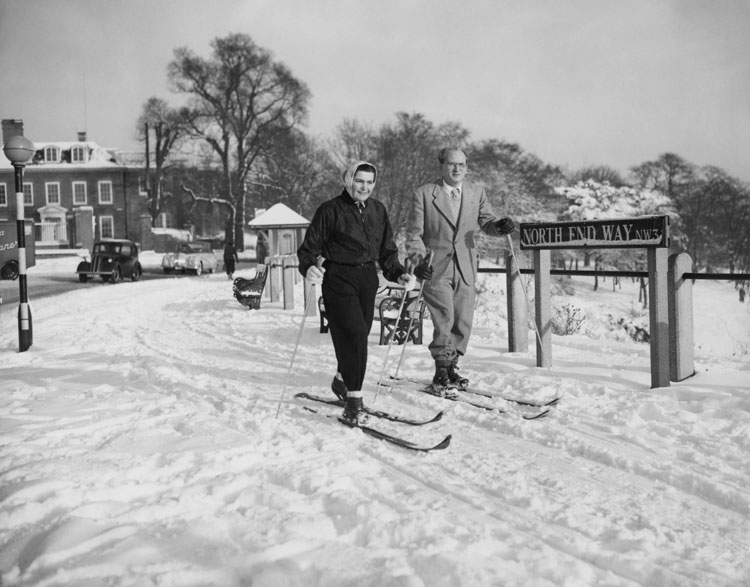 Before the Winter Games were established as their own separate event, the London Summer Games in 1908 actually included figure skating, making it the oldest official Olympic sport and the only event in which women could participate from the very beginning.
Before the Winter Games were established as their own separate event, the London Summer Games in 1908 actually included figure skating, making it the oldest official Olympic sport and the only event in which women could participate from the very beginning.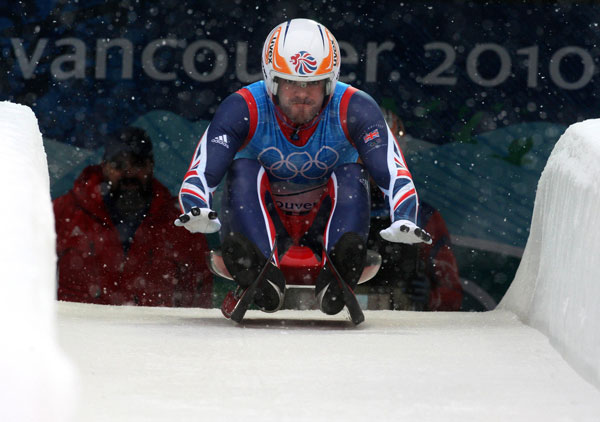 One of the oldest Olympic sports, Luge, which comes from the French word for sledge, sees athletes lying on their backs on a very small sled, and zipping down an icy track at around 140kmph – without brakes!
One of the oldest Olympic sports, Luge, which comes from the French word for sledge, sees athletes lying on their backs on a very small sled, and zipping down an icy track at around 140kmph – without brakes!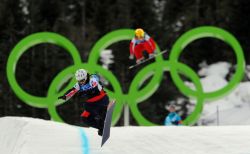
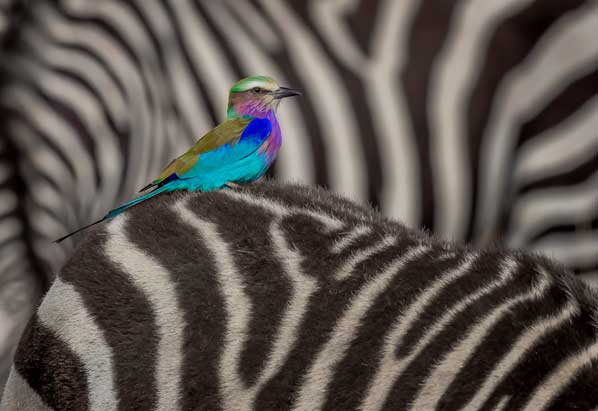
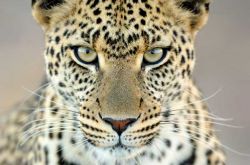
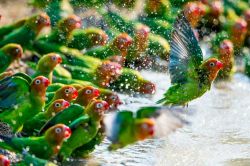
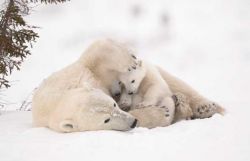
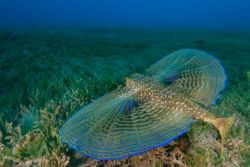
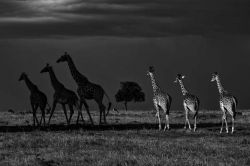
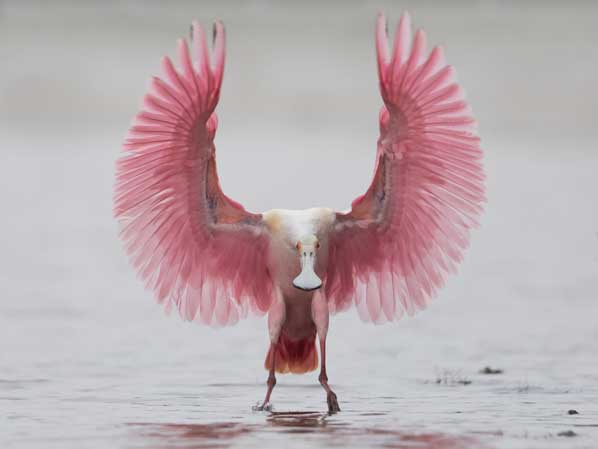
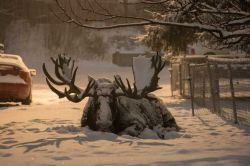
 Surely one of the grandest hues on the colour wheel, with its associations with royalty, wizardry and luxury, purple is the hot shade for 2018.
Surely one of the grandest hues on the colour wheel, with its associations with royalty, wizardry and luxury, purple is the hot shade for 2018.




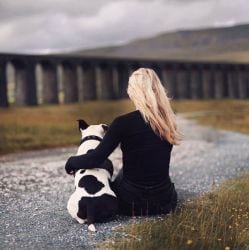

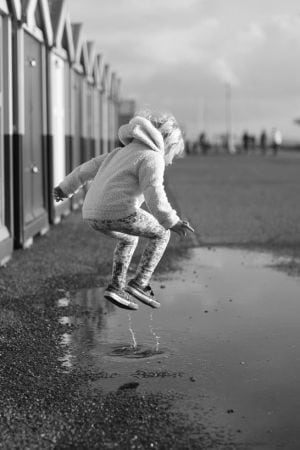
 What is it?
What is it?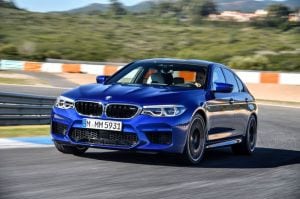 What’s it like to drive? – BMW M5s of old had a reputation for being somewhat spiky to drive. This latest one has been designed to offer a little more traction – and it’s well and truly achieved this. Despite packing close to 600bhp, the M5 rarely feels out of control, instead offering a lot of balance and adjustability. The biggest factor in this is that all-wheel-drive system. There’s no doubting the car’s rear-drive-bias; when the system is set to allow a certain amount of slip, the M5 will fall into delightful mini-drifts, sliding you through corners without ever feeling like it’s going to spin around and bite you. Turn all the systems back on, and it transforms into a point-to-point weapon with all of the traction you could want.
What’s it like to drive? – BMW M5s of old had a reputation for being somewhat spiky to drive. This latest one has been designed to offer a little more traction – and it’s well and truly achieved this. Despite packing close to 600bhp, the M5 rarely feels out of control, instead offering a lot of balance and adjustability. The biggest factor in this is that all-wheel-drive system. There’s no doubting the car’s rear-drive-bias; when the system is set to allow a certain amount of slip, the M5 will fall into delightful mini-drifts, sliding you through corners without ever feeling like it’s going to spin around and bite you. Turn all the systems back on, and it transforms into a point-to-point weapon with all of the traction you could want.
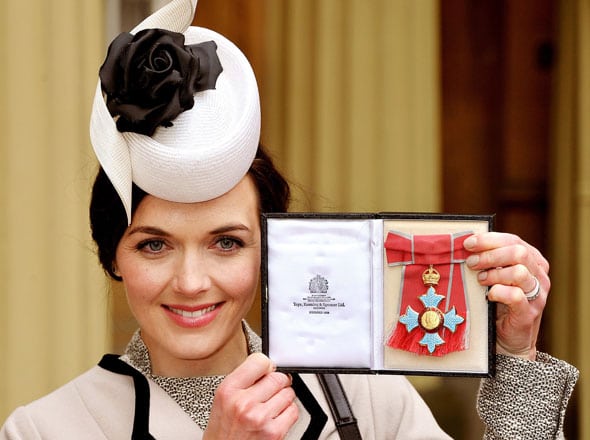
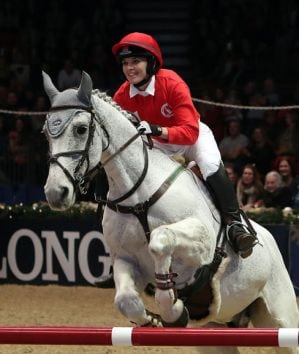
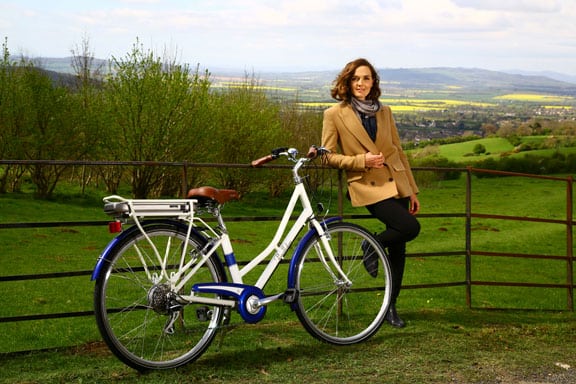
 MasterChef winner Tim is American, so his first British Christmas was quite the experience: “First of all, so many desserts – trifle, the cake, the Christmas pudding. Then my mother-in-law makes Christmas cookies and rocky road. Mince pies; I didn’t like them at first, I thought they were too sweet, but now I can’t get enough of them. And then the roast dinner, which I think is the height of British cooking. Roast potatoes, my father-in-law taught me to make them and they’re amazing. We just do mash in America.”
MasterChef winner Tim is American, so his first British Christmas was quite the experience: “First of all, so many desserts – trifle, the cake, the Christmas pudding. Then my mother-in-law makes Christmas cookies and rocky road. Mince pies; I didn’t like them at first, I thought they were too sweet, but now I can’t get enough of them. And then the roast dinner, which I think is the height of British cooking. Roast potatoes, my father-in-law taught me to make them and they’re amazing. We just do mash in America.”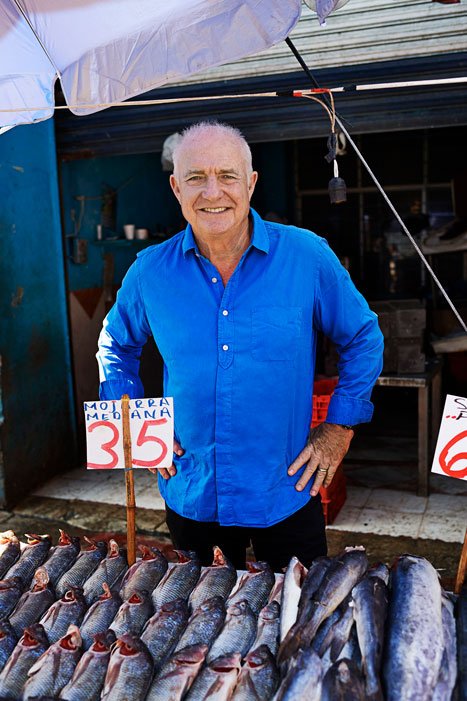 “The first time I had an Australian Christmas, which was salad and prawns outdoor by the pool – and this was in the early-Eighties; my fond memories are always of having turkey or goose – but having a genuine Australian Christmas, which a lot of Aussies don’t have, they still have roast turkey, was quite special,” says the seafood aficionado.
“The first time I had an Australian Christmas, which was salad and prawns outdoor by the pool – and this was in the early-Eighties; my fond memories are always of having turkey or goose – but having a genuine Australian Christmas, which a lot of Aussies don’t have, they still have roast turkey, was quite special,” says the seafood aficionado.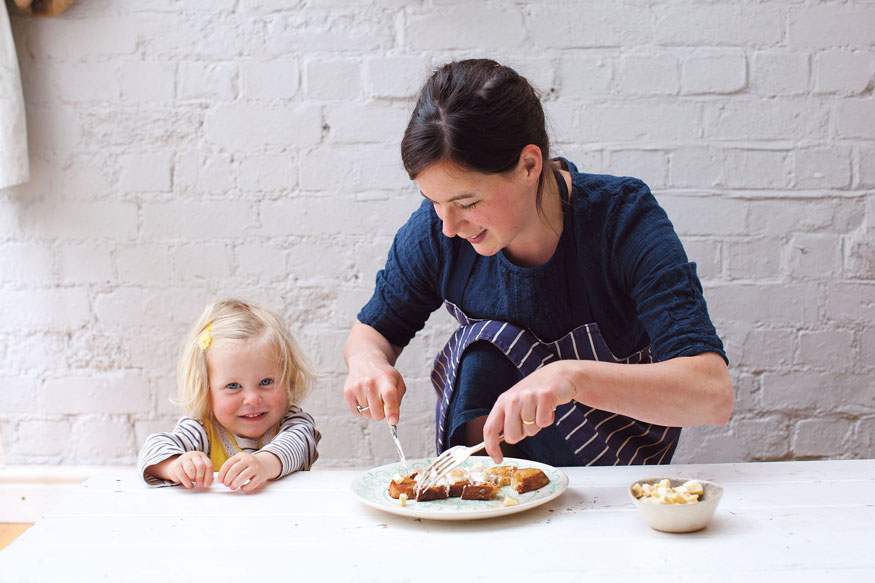 The ‘5 O’clock Apron’ blogger lived in Africa until she was eight, so grew up having hot Christmases by the pool, as did her Kiwi husband Matt. But some of her favourite Christmases have been since she moved to England and started spending them at her mum’s house in Shropshire, although they still rarely have turkey: “We have a brilliant photo of Matt standing in gum boots in about 3ft of snow with a head-torch on, barbecuing steaks in my mum’s garden.”
The ‘5 O’clock Apron’ blogger lived in Africa until she was eight, so grew up having hot Christmases by the pool, as did her Kiwi husband Matt. But some of her favourite Christmases have been since she moved to England and started spending them at her mum’s house in Shropshire, although they still rarely have turkey: “We have a brilliant photo of Matt standing in gum boots in about 3ft of snow with a head-torch on, barbecuing steaks in my mum’s garden.”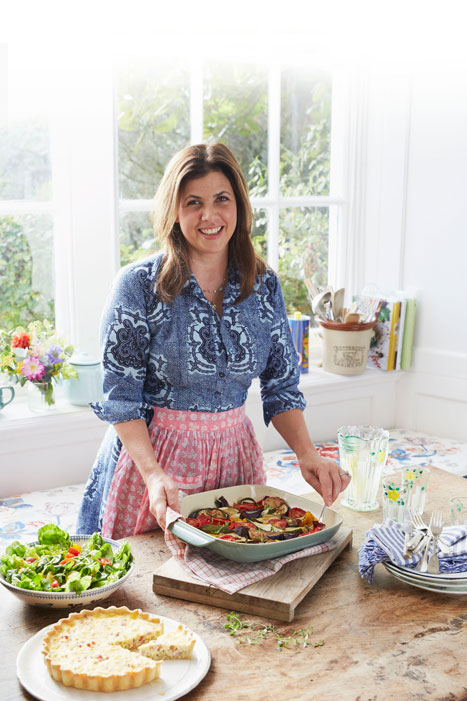 To avoid rushing about with the turkey, while the kids open their presents first thing, the presenter and Kirstie’s Real Kitchen author has restructured Christmas day: “I like to do the supper at six o’clock, after the Queen’s speech, and basically have an all-day, rolling breakfast while everyone opens their presents. So, pancakes, scrambled eggs and maybe a bit of salmon – easy things. You can keep everyone fed and occupied – maybe have a couple of glasses of prosecco – and then have a big early supper.”
To avoid rushing about with the turkey, while the kids open their presents first thing, the presenter and Kirstie’s Real Kitchen author has restructured Christmas day: “I like to do the supper at six o’clock, after the Queen’s speech, and basically have an all-day, rolling breakfast while everyone opens their presents. So, pancakes, scrambled eggs and maybe a bit of salmon – easy things. You can keep everyone fed and occupied – maybe have a couple of glasses of prosecco – and then have a big early supper.”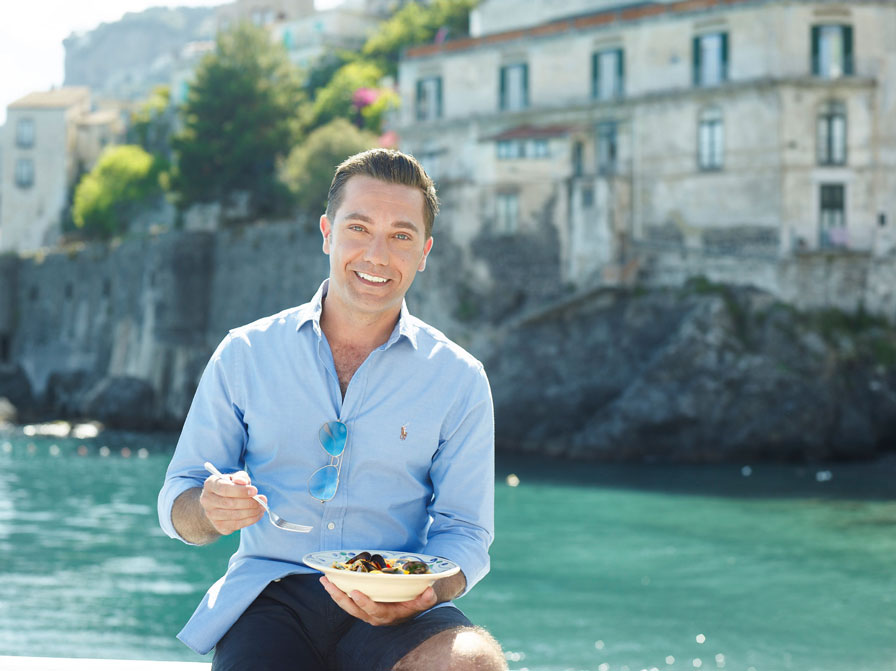 “Here, it’s all about having a starter and then having this huge plate, where the turkey goes on top and the Yorkshire pudding and the potatoes, then it’s pretty much over. In Italy it’s different,” explains Gino D’Acampo, whose new book, Gino’s Italian Coastal Escape, was recently released. “We do between 10 and 15 different courses. We have fish, because we don’t have turkey. One of the dishes we do is sea bass cooked in a salt crust. We do a lot of antipasti, cured hams and cheeses. Then we do one or two plates of pasta. There is a lot for everybody, and you put everything in the middle of the table and spend four or five hours eating all beautiful different kinds of foods.”
“Here, it’s all about having a starter and then having this huge plate, where the turkey goes on top and the Yorkshire pudding and the potatoes, then it’s pretty much over. In Italy it’s different,” explains Gino D’Acampo, whose new book, Gino’s Italian Coastal Escape, was recently released. “We do between 10 and 15 different courses. We have fish, because we don’t have turkey. One of the dishes we do is sea bass cooked in a salt crust. We do a lot of antipasti, cured hams and cheeses. Then we do one or two plates of pasta. There is a lot for everybody, and you put everything in the middle of the table and spend four or five hours eating all beautiful different kinds of foods.”